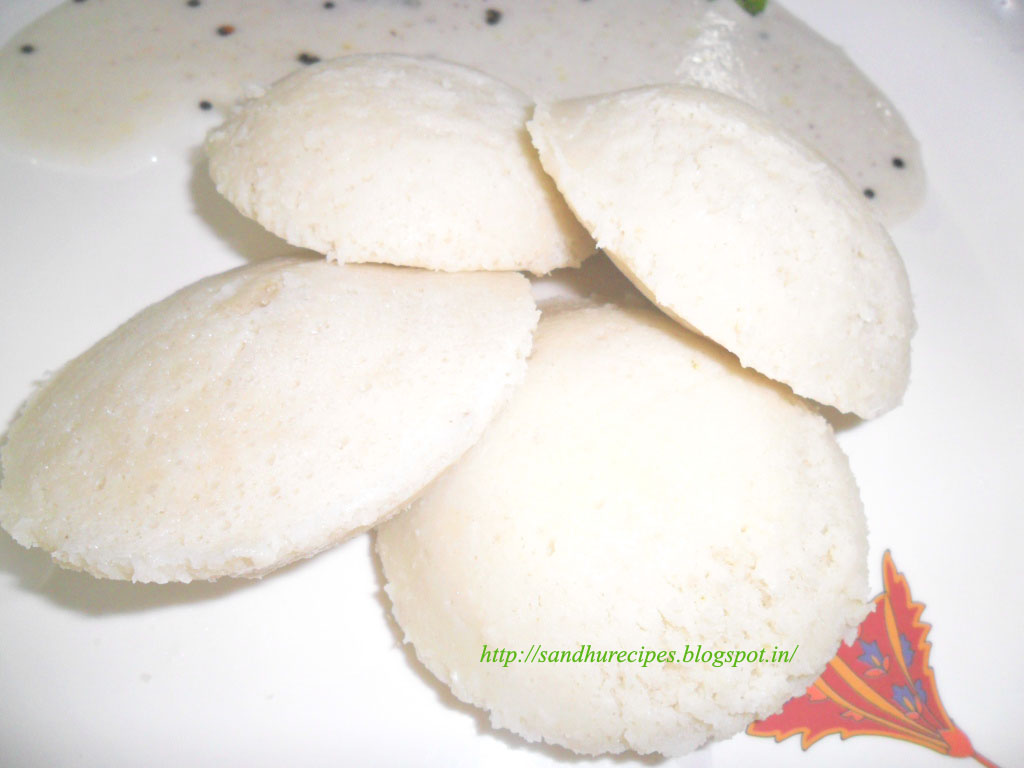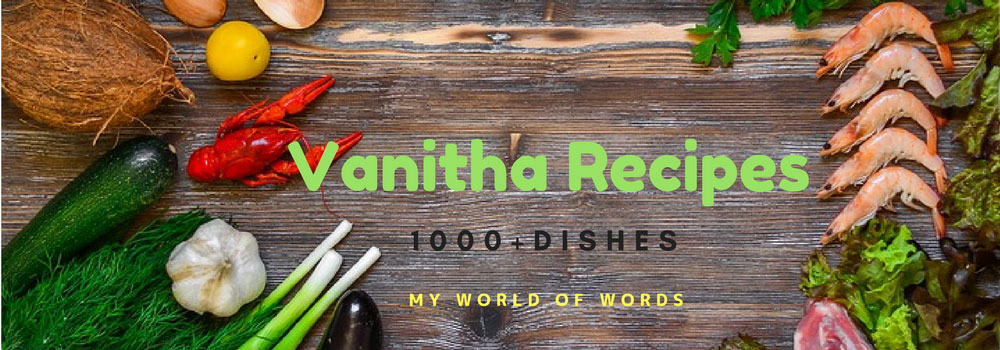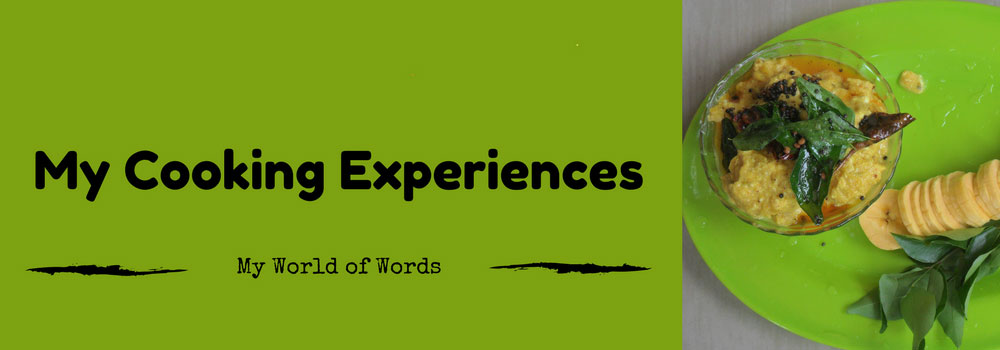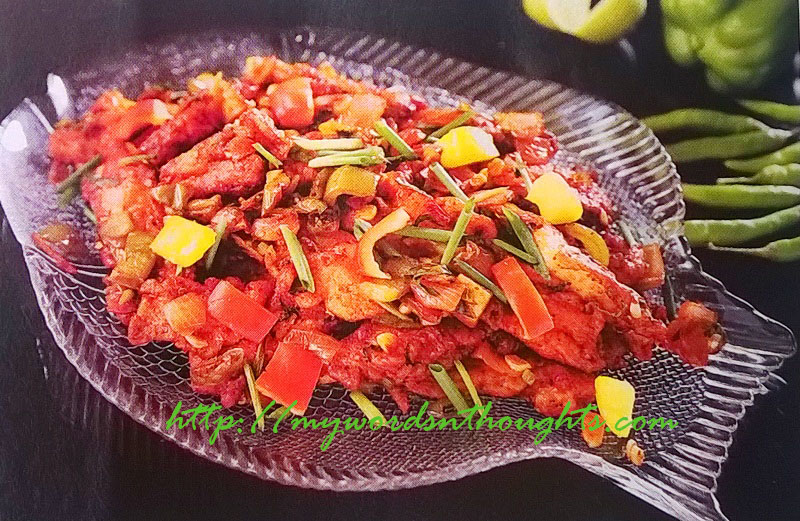Dosa and Idli are traditional south Indian dishes and belongs to pure-vegetarian categories, though different varieties are made on it – including non-veg. To make soft and nice dosa and idli is an art, and it’s possible if you take care of these steps.
1. Urud daal (Black gram) and rice should be of good quality and fresh.
2. Proportion of Urud daal to Rice is 1:2 which I use to make dosa and idli.
3. Apart from raw rice, you can also use idli rice. If so proportion of both types of rice is 1:1 or ½ cup idli rice for 1.5 cups of raw rice (pachari).
4. Add ½ cup cooked rice while grinding the batter for idli/dosa to make it soft.
5. You can also add fenugreek powder to the batter to make soft idli/dosa. If you are grinding fenugreek seeds, then soak it before grinding.
6. Adding asafetida powder to batter can give a nice aroma to dosa.
7. Crushing or grinding green chillies, curry leaves, coriander leaves and ginger can add good aroma to your idli, and healthy as well. You can also finely chop these ingredients or grind well.
8. You can use both iron tawa and non-stick pan to make dosa. Dosa prepared in iron tawa, adding oil or ghee gives extra taste.
9. You can flip dosa both sides while making. If not, spread batter as a thin layer, and add extra water to the batter if required.
10. If you are making onion dosa, paneer dosa or tomato dosa, it’s a better idea to cover the pan with a lid so that ingredients are cooked well. Apply a little oil or ghee on the top.
11. The fermented batter is excellent for making dosas and idlis, and it is to be noted that the batter should never be stirred continuously while making dosas/idlis. If so, bubbles in between will escape, and your dosa/idli won’t rise too much. Same is the case while making appam.
Now let me add a few more:

I collected these few handy tips from different magazines.
12. If you add tender coconut water (karikkin vellam) to dosa batter, the batter ferments quickly. Dosa also turns softer.
13. If your dosa batter has fermented in excess, add a little rice flour (made from raw rice – Pachari) mixed with water to it. But never add extra. If so, dosa will lose its softness.
14. To keep dosa fresh, as soon as each one is made, sprinkle a little cold water.
15. Rice and Urad daal should be washed well before soaking. Use the water used for soaking while grinding. They taste better.
16. For soft Idli, you can soak a handful of rice flakes as well. Cooked rice is the best alternative. Your idlis turn soft and batter will rise up well.
17. You can add 1-2 tea spoon fenugreek seeds as per measurement of rice and black gram. Soak them before grinding. But in excess, fenugreek seeds can add bitter taste to your dish.
18. If your tawa turns sticky while making dosa, cut an onion into half, dip in oil and rub your tawa well. You can also rub onion slice in salt before greasing the tawa.
19. Before preparing each dosa, sprinkle a little salt water to tawa. Dosa turns crispy.
20. Add salt to dosa batter overnight before it starts fermenting.
21. Make a fine paste of tomatoes and green chillies and mix with dosa batter to prepare tasty tomato dosa.
22. To get crispy dosa, soak a little fenugreek and toor daal and grind it along with rice.
23. You can add chopped green chillies and ginger to idli batter to get tasty idlis. You can also add/grind curry leaves or coriander leaves to get variant idli tastes.
24. Add a spoon of gingelly oil to idli batter before it is placed for fermentation. Your idlis turn soft.
25. During summer season use ice water to grind for dosa. The batter won’t ferment too much overnight.
26. If your idli batter has water in excess, powder a little sago (chauvari) and add to the batter and adjust the consistency.
27. To avoid over fermentation and sour taste of dosa/idli batter, add a betel leaf.
















Recent Comments